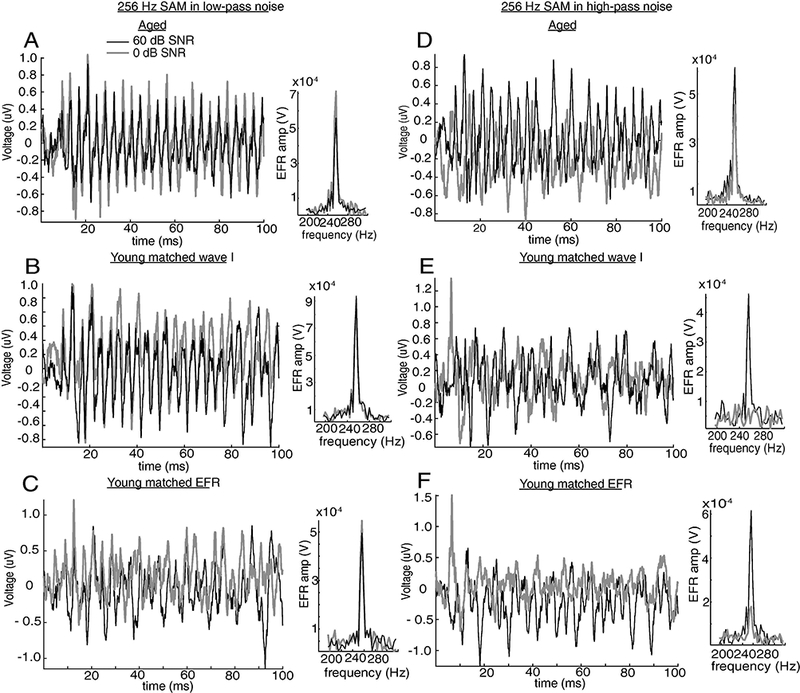Figure 5: Time and frequency responses showed EFRs of a young animal was largely reduced by high-pass noise at 0 dB SNR.

EFR,s from an individual representative aged (A and D) and young (B and E for matched peripheral activation; C and F for matched central activation) animal recorded with 256 Hz SAM tones in low- (A-C) or high-pass (D-F) steady-state noise at 0 (gray) or 60 (black) dB SNR,. The frequency response of 256 Hz for each condition was shown on the right side of the corresponding time waveform.
